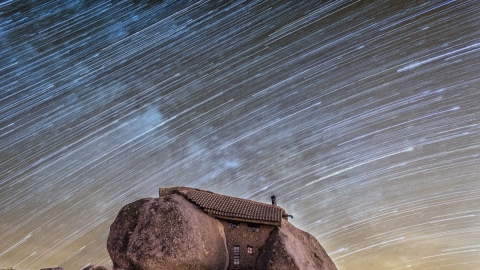If you search the phrase "Sherpa people" on the internet, the results will be information about the origin and the reason why this ethnic group has extraordinary health. In short, Sherpa is an ethnic group living in eastern Nepal with a total population of about 150,000 people. They often live concentrated in the Himalayan region.
Thanks to their habit of living at an altitude of more than 4,500 meters above sea level, the Sherpa people have an excellent ability to adapt to the thin air, allowing them to live normally at high altitudes without any health problems compared to people living at low altitudes.
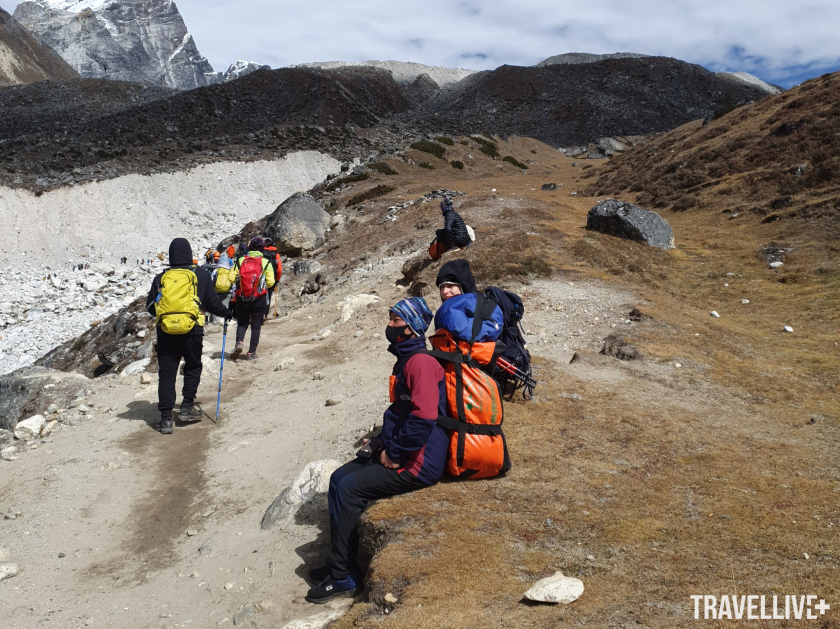
Sherpa men stop to rest between loads.
Thanks to that, Sherpas are always indispensable factors, supporting climbers to conquer the highest and most harsh lands in the world.
Mountain climbing is the only way out of poverty
Despite their extraordinary physical strength, the Sherpa people's lives are quite difficult. The Himalayan region is a relatively remote area and because of the high altitude, it is difficult to access medical facilities, education and even securing employment for the people is relatively difficult. In addition, the harsh weather and climate, barren land make raising livestock and growing crops not very feasible for the people here.
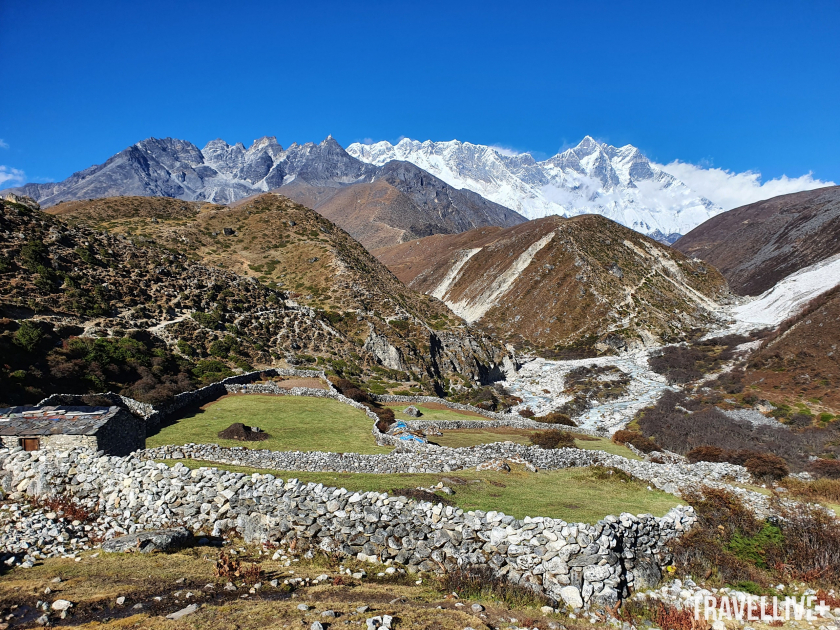
The stone walls were built entirely by hand and without any adhesive to protect the crops on the already barren land.
Nature has only given this land picturesque scenery and high mountains that have become the conquest of many explorers, so tourism can be said to be a rare salvation for the Sherpa people. People with good health and mountain climbing experience often become guides for climbing and trekking groups of all levels when coming to the Himalayas in Nepal.
Others will become porters who carry goods and belongings for tourists. Recently, as tourism demand increases, teahouses, cafes, and souvenir shops have appeared in Sherpa villages to serve the personal needs of tourists.

Porterage is a common job for Sherpas during the climbing seasons.
At first glance, it seems like these Sherpas only have to work harder than normal people, but few people know that they are often the first to sacrifice themselves when any natural disaster or catastrophe occurs during mountain climbing trips.

Guesthouse and souvenir business have also brought income to Sherpa people recently.
Discovery's 2014 Everest disaster documentary, Everest Avalanche Tragedy, has best portrayed the lives of these silent "heroes". The 2014 climbing season was a terrifying one for the Nepalese people in general and the Sherpa people in particular, as 13 people died and 3 went missing after an avalanche, all of them local people.
The value of Sherpas was not yet appreciated. For tourism business owners, they were simply hired to do logistics work at a relatively low cost, and their annual income was not even enough to pay for insurance, while they had to trade their own safety.
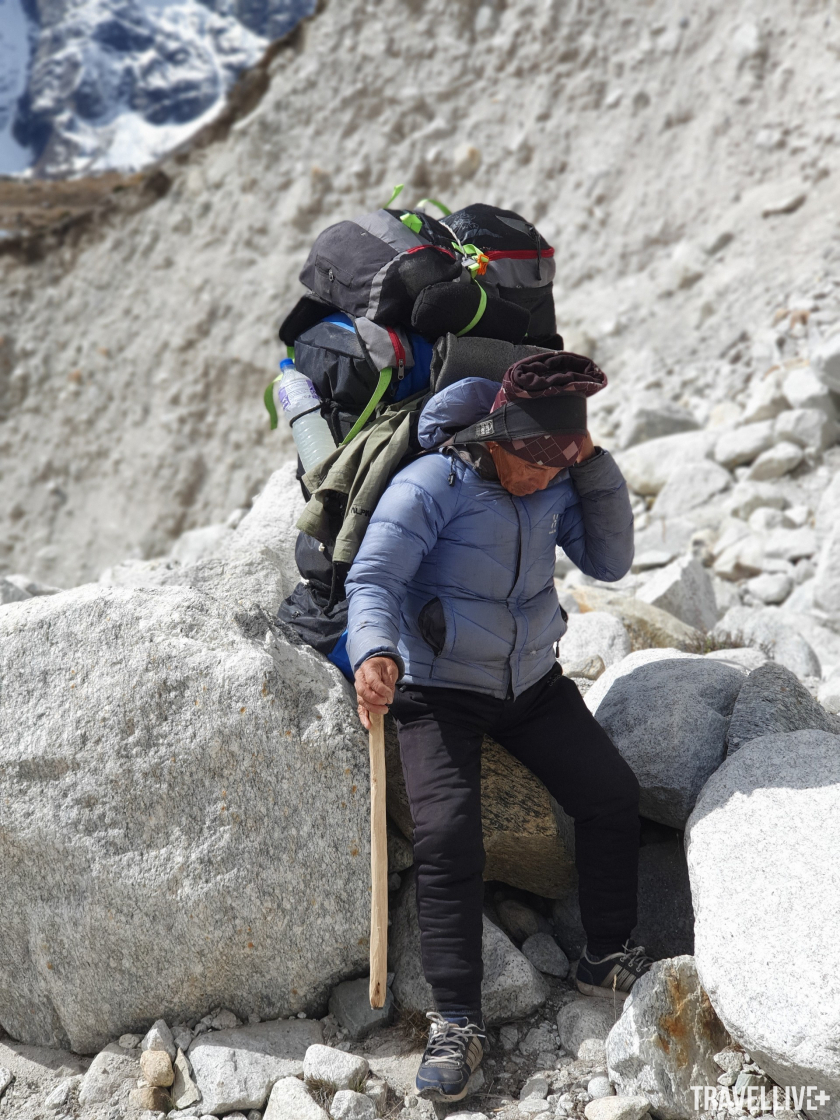
An elderly Sherpa still works as a porter.
The grief was not only felt by those who died, but also by their families. When those who died were all very young, their families still had elderly parents, even wives and children to support. Many families prevented their husbands and sons from climbing the mountain, but if they did not climb the mountain, they would have no way to feed their families. Their lives were in a dilemma.
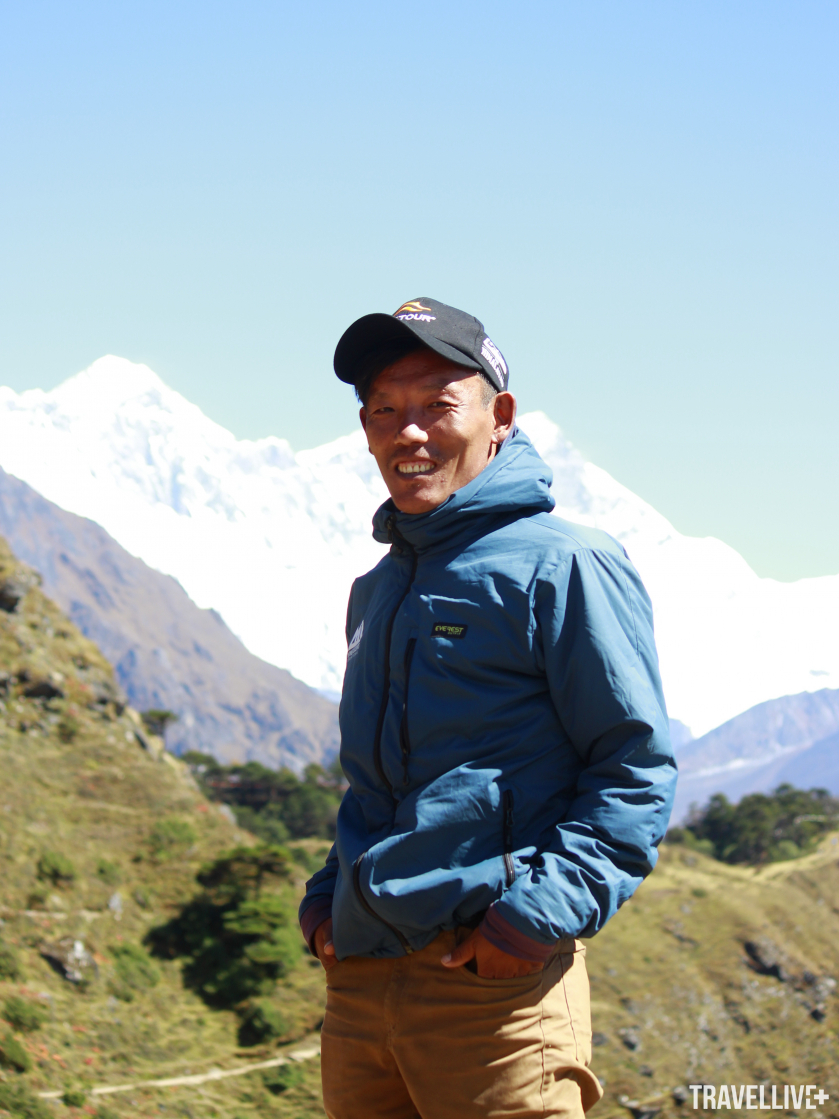
Mingma Tshering joined the Everest expedition in 2014 and was lucky to survive.
Mingma Tshering (33 years old) is a Sherpa who works as a tour guide and has successfully conquered Mount Everest. He was on the trip in 2014 and was only 2 minutes away from the avalanche. Most of the dead and missing were his friends. Mingma shared that he was very heartbroken when witnessing that terrifying scene. Until now, he continues to work as a guide for climbing groups.
The Future of the Sherpas
After the tragic incident in 2014, the Sherpas went on strike for the first time, demanding compensation for their efforts and safety. Faced with the threat to the tourism industry, the Nepalese government paid 2 million rupees (US$15,620) to the families of each deceased, although this was lower than the US$20,800 that the Sherpas had demanded. Tourists and many organizations also supported the families of the victims. However, these numbers were still nothing compared to the loss of Sherpa families.

Because of the hard work, most Sherpa families are mainly supported by men. Women and children at home often do housework and sell to tourists. In this photo, a young Sherpa girl is selling vegetables to tourists.
There are many issues that affect the lives, jobs and social security of the Sherpas, one of which is government policies. When asked if the government does not set up welfare organizations for those who do dangerous jobs, whether the people will set up similar organizations themselves, Mingma Tshering said: "Even if the people set up their own organizations, those organizations will not go anywhere. Once people are in material need, they must look after their own interests first. And an organization set up for the benefit of an individual will certainly not succeed."
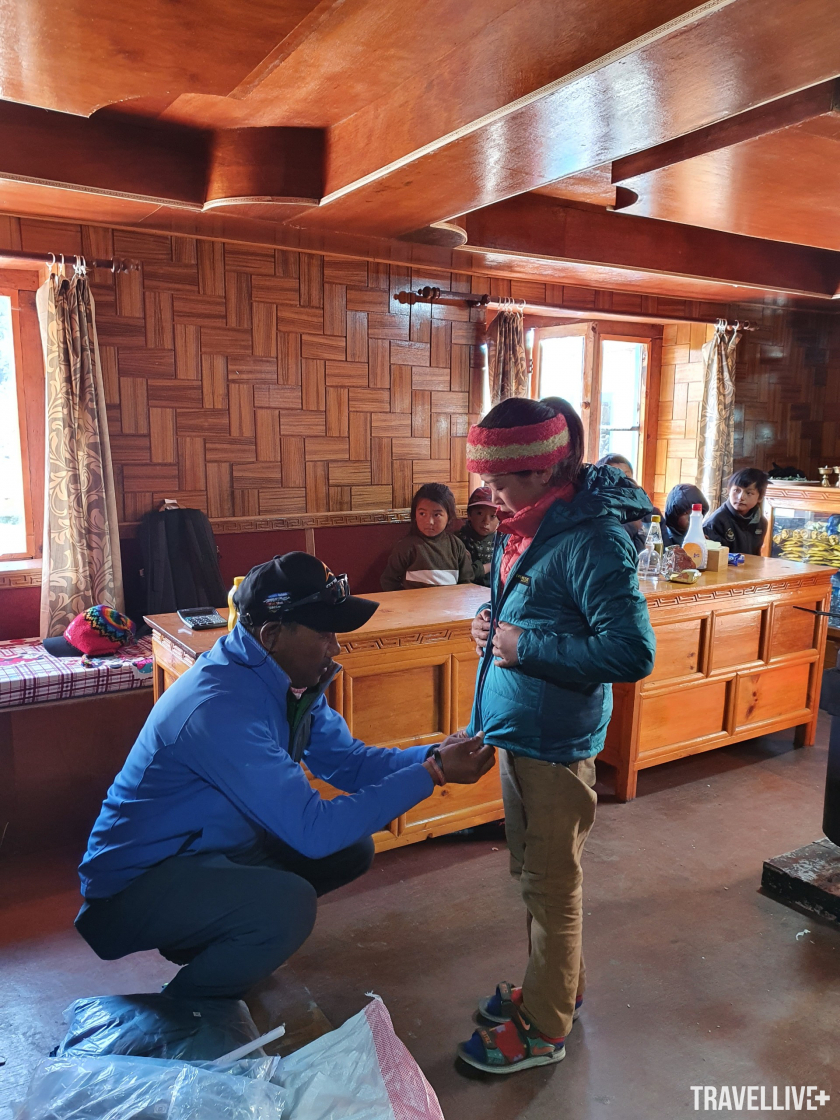
There are many philanthropists who spend money to open schools and donate clothes to Sherpa children.
Despite being recognized and paid more than in the past, the lives of Sherpas have not improved significantly. Perhaps their lives will improve if we, the tourists, continue to recognize them for the value they bring.



























